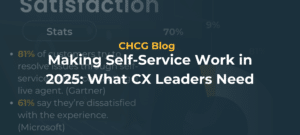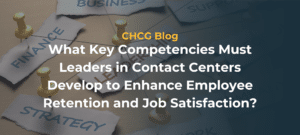As the workforce continues to evolve and change, as the new generations continue to push the boundaries of what is ‘normal’ and what is expected, companies should be paying attention to the trends and needs of the new emerging non-traditional workforce.
While this list is by no means exhaustive, these are some of today’s ‘hot items’ that if you haven’t incorporated into your workplace yet, I would advise giving each some serious consideration to see to what degree you may start moving in this direction.
Work from Home
Going into the office Monday through Friday for a 9-5 job seems to be the exception rather than the rule these days. Unless you are in a service, industrial or retail industry that requires you to be present in order to perform your job, employees are looking for flexibility. With the technology of video conferencing, screen sharing and good old Google Docs, many positions today are eligible for full-time work from home status. At a minimum, employees are looking for some optional, flexible, rotational, or otherwise designated work from home days mixed in with their office time.
Private Rooms
Many companies today have designated private rooms that employees can use for a variety of functions from napping, exercise, prayer and meditation. There is plenty of research available on the benefits of allowing for this time and space. Additionally, in states like Minnesota where it is legislated, companies must provide nursing mothers with a private space to express their breastmilk while at work.
Wellness Programs
From medical benefits that cover more non-traditional healing modalities such as chiropractic, massage and acupuncture, employees are looking for expanded wellness services. Gym discounts, onsite exercise classes, walking/hiking/biking clubs and fitness challenges are becoming standard in many benefit packages today.
Equal Opportunity
More and more attention is given today to how businesses are handling diversity. People are discrimination sensitive when it comes to women’s rights, GLBT rights, religious freedoms and other cultural and racial differences in within the workforce. To best navigate this, develop a workplace that is open-minded, tolerant and non-discriminatory. At the very least, know the makeup of your local workforce pool and review employment practices and policies and make sure that you are ahead of the curve and addressing any risk before they become issues.
Evolving Work Space
Companies are dabbling in all sorts of new office layouts (open offices and NO offices for example) that one day may (hopefully) turn the cube-farm into a thing of the past. In addition to creating spaces for gaming, creative expression (art), eating, and sleeping, business are bringing in people to consult on the overall environment. Feng shui, color psychology, sound wellness, and aromatherapy all have their place in creating a productive, vibrant, positive, healthy and happy workplace.
Concern Beyond P&L
Working to please stockholders gets old fast. Feeling pride in a job well done can keep you satisfied. Knowing that you can create positive influence in the world beyond the scope of your company’s mission statement is impactful. Partner up with local non-profits, service organizations or other charitable groups and encourage both philanthropy and volunteerism as part of your company culture.
As with all things in life, we get back what we give. When you make an investment into your employee’s overall well-being, provide an open, positive workplace, and you will receive loyalty, productivity and positivity. The professional flip of the saying, “happy wife, happy life,” would have to be “happy employee, happy customer.”
Be an employer of choice within your geographic area or industry – you will not regret the investment!





